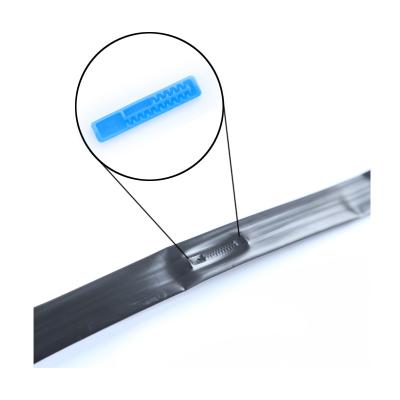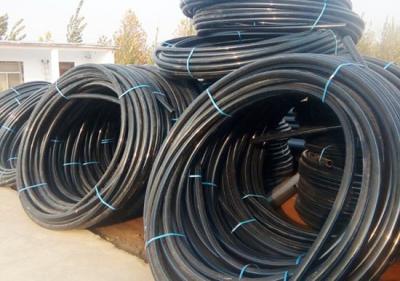An Automated Single-Pipe Irrigation System
Gated irrigation pipe may be used for each water conveyance and water distribution. whilst a single gated pipeline is used for a number of irrigation sets, one institution of gates should be closed and every other organization opened at each irrigation set trade. this calls for great exertions which may be reduced via automating the machine.maximum automatic gated pipe systems use a separate deliver pipeline for conveyance. the supply pipe is either buried or located on the floor and has automated valves attached to risers or shops positioned alongside its period.every riser with its attached valve(s) serves one or irrigation sets. the gated pipe is used best for distributing water from the riser to the field floor. this constitutes a double-pipe device.
Attempts have been made to automate the opening and closing of the pipeline gates which comprise one irrigation set so that they can operate as a unit. This would allow the pipe to function as a single-pipe system. Cables and rods connected to air cylinders were used to both open and close sliding gates. Frequent adjustments were necessary because temperature-related movement and deflection of the aluminum pipe and the rods or cables changed the gate openings. However, a similar more recent system apparently operates satisfactorily.
It automated a single-pipe system by pneumatically controlling individual pipe gates.Different configurations of air pillows pneumatic cylinders and pillow disc valves were used to automate various types of outlets. Operational problems in the field included erosion at the outlets, insufficient flow adjustment to compensate for variable furrow intake rates, difficulty in changing set size, and movement and twisting of erosion control socks by the wind. These problems were not unique and are often encountered in automating furrow irrigation systems. The cablegation system is a single-pipe system which uses a moving plug attached to a cable inside the gated distribution pipe. The plug stops the forward movement of water in the pipe such that the water flows from openings near the top of the pipe into individual furrows upstream from the plug. Water is applied in a continuously moving set across the top of the field.
A single-pipe system referred to as "miniwai," used to irrigate sugarcane in Hawaii. This system combined both the conveyance and distribution functions into one channel or pipe. The concept was originally applied to an open channel but was extended to include pipelines also. The miniwai pipe or channel had outlets located in its bottom corresponding to irrigation furrow spacings. A flexible rubber membrane liner covered all of the flow openings that comprised one irrigation set. One end of the membrane was attached to the pipe at the downstream end of the set while the upper end was attached to a control rod. When actuated by an operator, such as an air or hydraulic cylinder, the control rod either pressed the rubber membrane down so that water could flow over the top of it or raised the membrane so that water could flow beneath it. During irrigation, water flowed beneath the membrane and was discharged from outlets in the bottom of the pipe. When the membrane was lowered,the outlets were covered and water was conveyed downstream. The pipe for this system was split lengthwise so that the edges of the membrane could be clamped between the two pipe half-sections. The system has not been commercially exploited because of the difficulty of installing the membrane inside a pipe by this means.
Because of the wide diversity in farm irrigation conditions, no one system can satisfy all situations.There is a need for methods to automate gated pipe systems. The objective of this paper is to describe a system which uses the miniwai concept modified to automate gated pipe systems to achieve labor and water savings.



